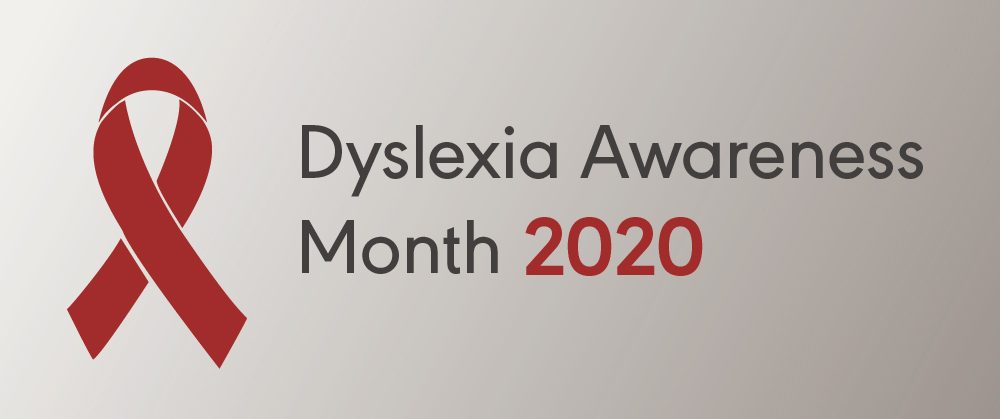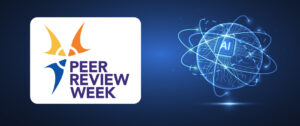Speech-language pathologists can play an important role in the diagnosis and treatment of all learning disabilities, including dyslexia (ASHA, n. d.). This October, we’re taking the opportunity to recognize Dyslexia Awareness Month, a time to shine a light on—and share resources about—dyslexia. The benefits of dyslexia research are far-reaching: The International Dyslexia Association estimates that 15%–20% of the population may be affected by dyslexia (Cowen, 2016), regardless of whether they have a formal diagnosis. Below, you’ll find some of the most recent research from across the ASHA Journals on the subject of dyslexia.
Structured Literacy Intervention for Students With Dyslexia: Focus on Growing Morphological Skills: This tutorial showcases evidence-based methods to facilitate the development of morphological skills in students with dyslexia through reading, writing, and spelling instruction.
Executive Functioning and Narrative Language in Children With Dyslexia: Children with dyslexia are known to struggle with executive functioning. In this article, authors research the link between executive functioning and language abilities on both a structural and a functional level.
Hearing Screening Failure Among Students With Reading Impairment: Rate and Relation to Specific Reading Deficits: This article focuses on minimal hearing loss as a possible factor contributing to poor reading outcomes—an important piece to consider in the diagnosis of dyslexia or any other reading or writing disorder.
Dyslexia and DLD
It’s fitting that October 16 was also Developmental Language Disorder (DLD) Awareness Day, as the co-occurrence of DLD and dyslexia has been well-studied. In fact, dyslexia may be present in 30%–50% of children with DLD (Adlof, 2017). These three articles explore the link between dyslexia and DLD from a variety of angles.
Predicting Dyslexia in Children With Developmental Language Disorder: In this study, researchers looked at letter identification and phonological awareness in kindergarten students with and without DLD to determine if either strategy could be used to predict dyslexia diagnoses in these children by second grade.
Working Memory Profiles of Children With Dyslexia, Developmental Language Disorder, or Both: Studies have shown that children with both dyslexia and DLD often experience working memory deficits. Here, researchers found that typically developing children, those with dyslexia, and those with DLD all had varied levels of working memory.
Spoken Word Learning Differences Among Children With Dyslexia, Concomitant Dyslexia and Developmental Language Disorder, and Typical Development: Authors tested the hypothesis that students with concomitant DLD and dyslexia have word learning deficits associated with both phonology and semantic processing.
You can find all of these articles, along with hundreds of articles on dyslexia and other reading and writing disorders, on the ASHA Journals Topic page. We hope you’ll take the opportunity to recognize Dyslexia Awareness Month with the ASHA Journals.
References
Adlof, S. M. (2017). Understanding word reading difficulties in children with SLI. Perspectives of the ASHA Special Interest Groups, 2(1), 71–77. https://doi.org/10.1044/persp2.SIG1.71
American Speech-Language-Hearing Association. (n.d.). Learning disabilities. https://www.asha.org/content.aspx?id=14069
Cowen, C. (2016). How widespread is dyslexia? International Dyslexia Association. Retrieved from https://dyslexiaida.org/how-widespread-is-dyslexia/







